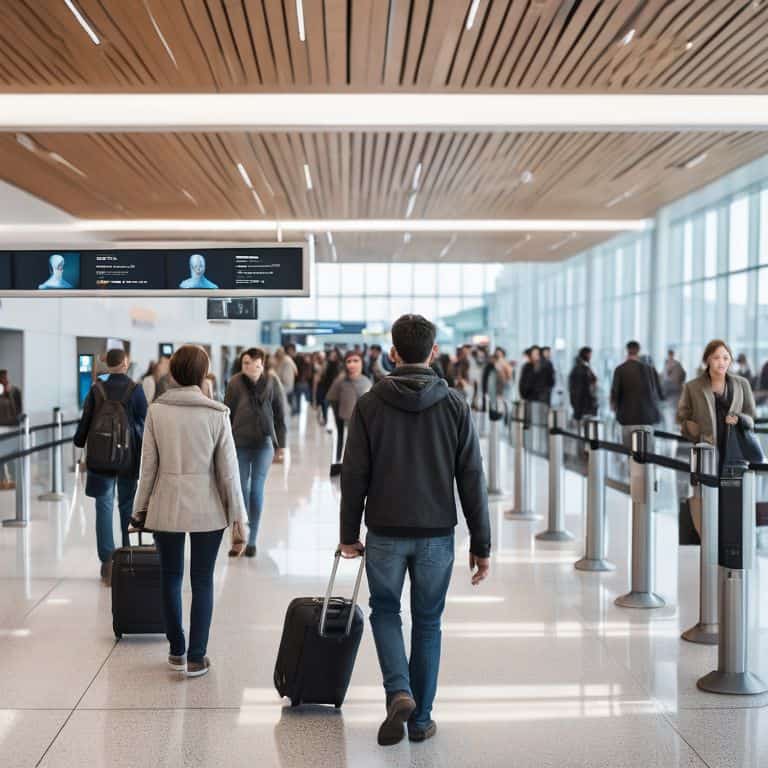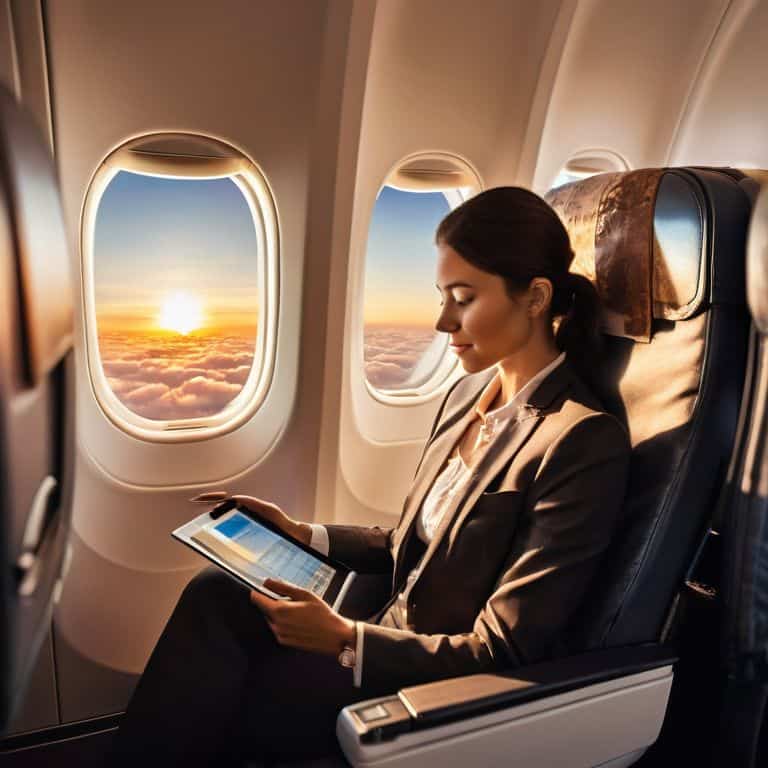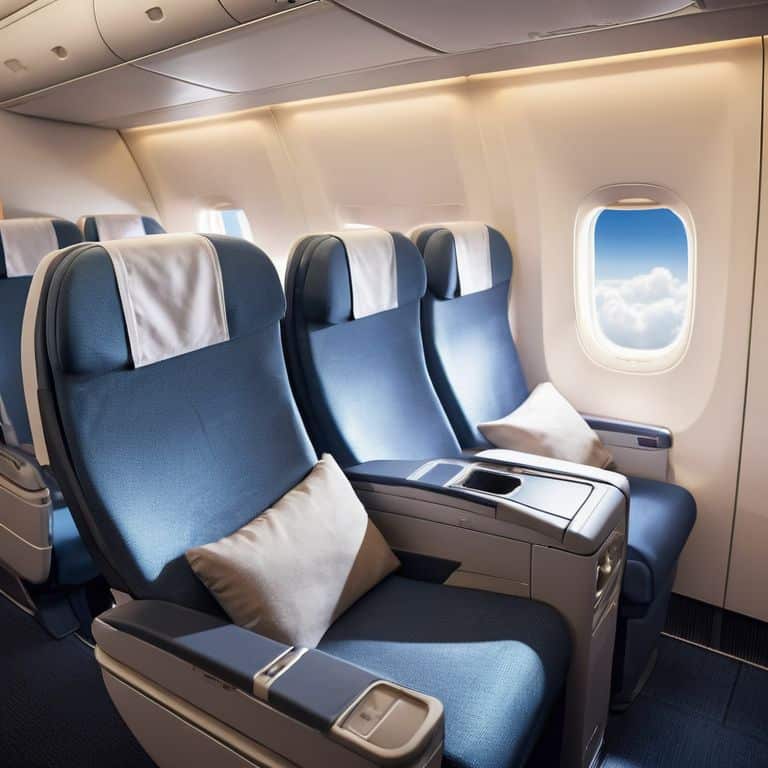I still remember the first time I saw biometric technology in action at an airport. It was a few years ago, and I was waiting to board a flight when I noticed a group of passengers walking through a special security checkpoint with ease. The sign above the checkpoint read “Biometric Security” and I was intrigued. As someone who’s spent years studying how biometric technology is changing airports, I was excited to see it in action. The speed and efficiency of the process were impressive, and I couldn’t help but think about the potential benefits of this technology for air travel.
As an aviation systems consultant, I’ve had the opportunity to dig deeper into the world of biometric technology and its applications in airports. In this article, I’ll share my no-nonsense take on how biometric technology is changing airports, from security checkpoints to boarding gates. I’ll provide you with experience-based advice on what to expect from this technology and how it’s going to make your travel experience smoother and more efficient. My goal is to give you a clear understanding of the benefits and limitations of biometric technology in airports, so you can make the most of your next flight.
Table of Contents
Revolutionizing Airport Security
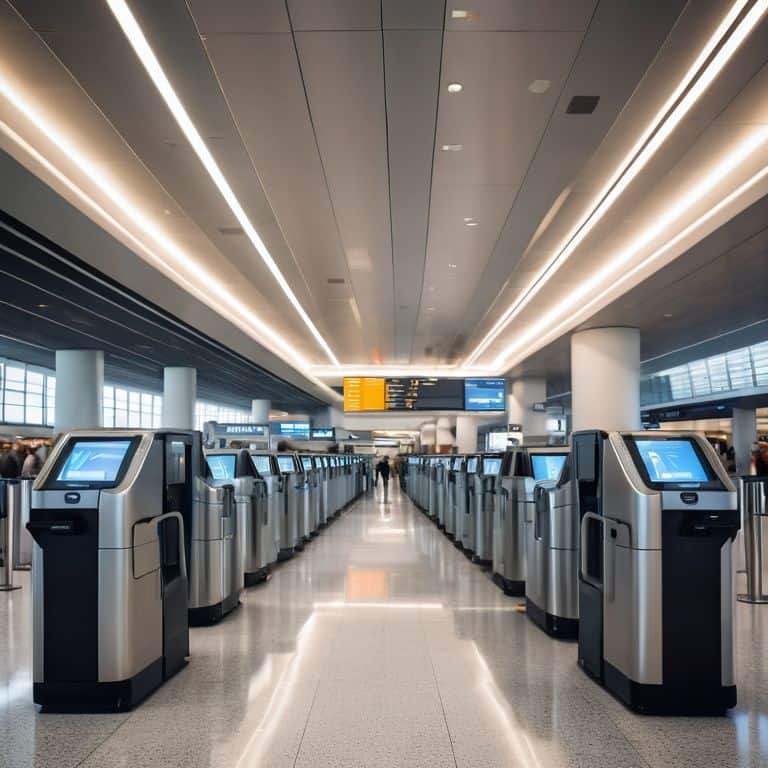
As I’ve witnessed firsthand, the integration of facial recognition in airport security is a significant leap forward. It’s not just about enhancing security, but also about streamlining the passenger experience. With biometric boarding passes, travelers can breeze through check-in and boarding without needing to physically present their documents. This not only reduces wait times but also minimizes the risk of human error.
The use of airport fingerprint scanning and iris scanning technology is also becoming more prevalent. These methods provide an additional layer of security, making it more difficult for unauthorized individuals to access restricted areas. Moreover, biometric data privacy in travel is being prioritized, with airports implementing robust measures to protect sensitive information. By leveraging these technologies, airports can create a more secure and efficient environment for all stakeholders.
The impact of biometric technology on airport security cannot be overstated. It’s enabling a contactless airport check-in process, which is not only more convenient for passengers but also helps to reduce the risk of fraud and identity theft. As someone who’s passionate about the future of aviation, it’s exciting to see these innovations being implemented, and I’m eager to see how they’ll continue to shape the industry in the years to come.
Biometric Boarding Faster Smarter
As I’ve witnessed firsthand, biometric boarding is streamlining the process of getting passengers on planes. With faster processing times, airlines can reduce the need for lengthy lines and wait periods, making the overall experience more efficient. This shift towards biometric boarding not only enhances security but also provides a more seamless travel experience for passengers.
The use of contactless technology is at the forefront of this innovation, allowing passengers to board flights with just a glance at a camera. This not only speeds up the boarding process but also reduces the risk of human error, making it a significant improvement in airport operations.
Facial Recognition the New Gatekeeper
As I’ve witnessed in my visits to various airports, facial recognition technology is becoming the primary identifier for passengers, streamlining the boarding process and reducing wait times. This innovation has the potential to significantly enhance the overall travel experience, making it more efficient and secure.
The implementation of facial recognition systems has also led to a reduction in passenger processing times, allowing for a more seamless transition from check-in to boarding. With this technology, airports can better manage passenger flow, minimizing congestion and making the airport experience more enjoyable for all travelers.
How Biometric Tech Changes Airports
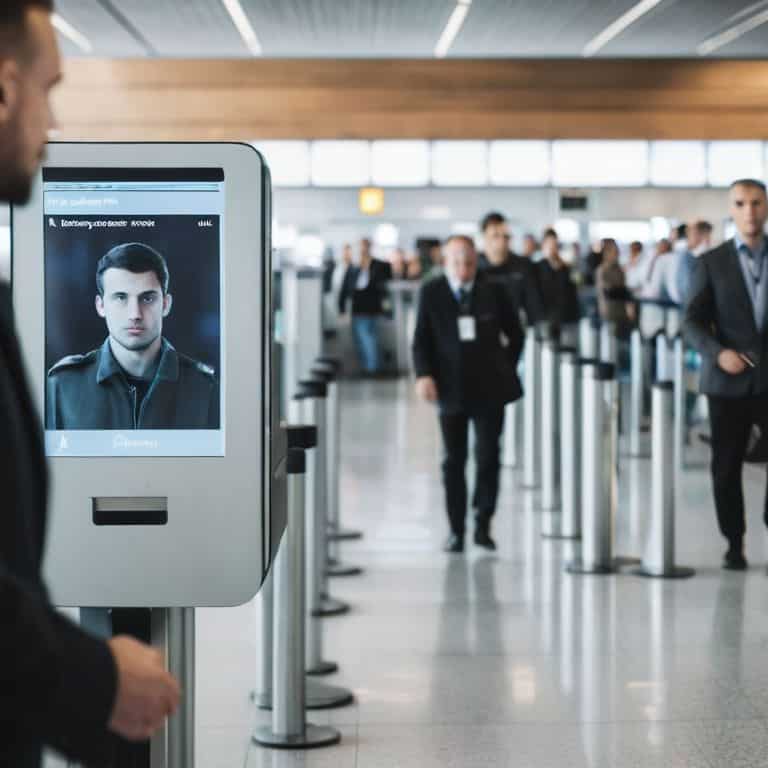
As I delve into the world of airport operations, I’m fascinated by the seamless integration of biometric tech into our travel experiences. One area that’s seen significant improvement is in facial recognition airport security, where passengers can now breeze through checkpoints with just a glance. This technology has not only enhanced security but also reduced wait times, making the overall experience more efficient.
The introduction of biometric boarding passes has also revolutionized the way we board flights. By using airport fingerprint scanning or iris scanning technology, passengers can quickly and securely verify their identity, eliminating the need for physical documents. This not only speeds up the boarding process but also reduces the risk of human error. As someone who’s spent hours observing airport ground operations, I can appreciate the impact that these small changes can have on the overall flow of passengers.
As we move forward, it’s essential to consider biometric data privacy in travel and ensure that passenger information is protected. The use of contactless airport check-in systems is becoming increasingly popular, and it’s crucial that we prioritize the security of sensitive data. By striking a balance between convenience and security, we can create a more streamlined and efficient travel experience that benefits both passengers and airlines.
Balancing Biometric Data Privacy
As I delve into the world of biometric technology in airports, I’ve come to realize that data protection is a crucial aspect that cannot be overlooked. The use of biometric data, such as facial recognition and iris scanning, raises concerns about how this sensitive information is stored and secured.
To address these concerns, airports and airlines must implement robust security measures to safeguard biometric data, ensuring that passengers’ personal information is protected from unauthorized access.
Iris Scanning Contactless Check in
As I’ve witnessed in my visits to cutting-edge airports, iris scanning is becoming an integral part of the contactless check-in experience. This technology allows passengers to seamlessly proceed through the airport, reducing wait times and enhancing overall efficiency. By utilizing iris scanning, airports can minimize the need for physical documents and create a more streamlined process.
The implementation of iris scanning has led to a significant reduction in check-in times, with some airports reporting faster processing. This not only improves the passenger experience but also enables airports to handle a larger volume of travelers, making it an essential component of modern airport operations.
Navigating the Future of Air Travel: 5 Key Insights into Biometric Technology
- I’ve witnessed firsthand how facial recognition systems are streamlining security checks, making the process not only faster but also more accurate, which is a game-changer for both travelers and airport staff
- Implementing biometric boarding has cut down wait times significantly, allowing for a more efficient flow of passengers and reducing the stress associated with traditional boarding methods
- One of the most promising advancements is in iris scanning technology, which enables contactless check-in, further minimizing queues and enhancing the overall travel experience
- Ensuring the balance between leveraging biometric data for improved airport operations and respecting passengers’ privacy is crucial; it’s an area where airports and airlines must work closely with regulatory bodies to establish clear guidelines
- As we move forward, integrating biometric technology with existing infrastructure will be key to maximizing its potential; this includes not just security and boarding but also personalized services and seamless travel experiences from curb to gate
Key Takeaways: Biometric Technology in Airports
I’ve witnessed firsthand how biometric tech, such as facial recognition and iris scanning, is streamlining airport security and check-in processes, making travel faster and more efficient for all
Implementing biometric solutions like biometric boarding and contactless check-in not only enhances passenger experience but also significantly reduces wait times, leading to increased customer satisfaction and operational efficiency
As we move forward with integrating biometric technology into airport operations, striking a balance between leveraging its benefits and ensuring the privacy and security of biometric data will be crucial, requiring ongoing collaboration between airlines, airports, and regulatory bodies
The Future of Flight
As I see it, biometric technology is not just a tool for enhancing security and efficiency in airports – it’s a gateway to a seamless, personalized travel experience that will redefine the way we interact with air travel.
Oliver Byrne
Embracing the Future of Air Travel
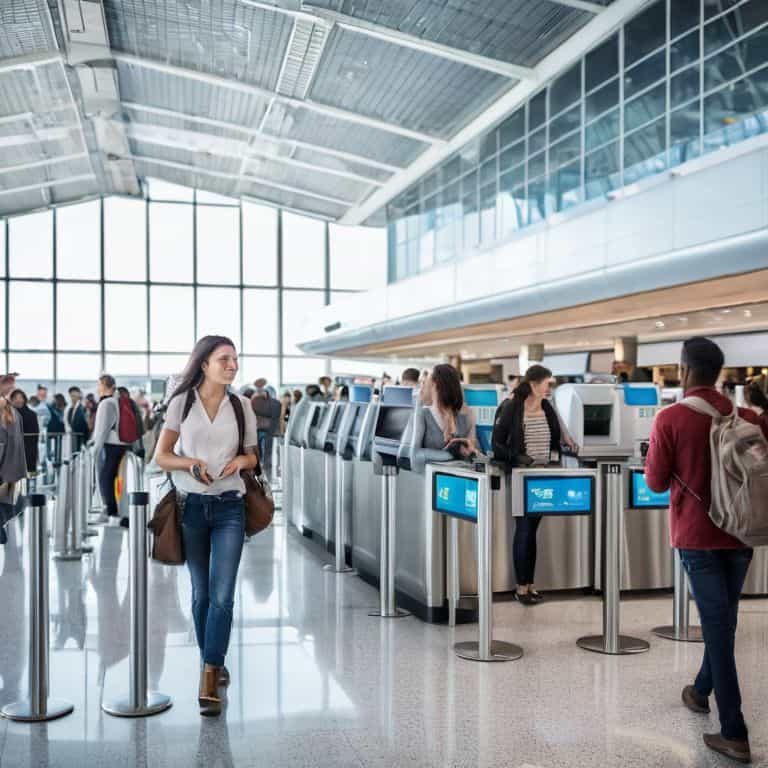
As I reflect on the impact of biometric technology in airports, it’s clear that we’re witnessing a seismic shift in the way we experience air travel. From facial recognition to iris scanning, these innovations are not only enhancing security but also streamlining the passenger experience. By leveraging biometric data, airports can now offer faster boarding, smarter check-in, and a more personalized experience for travelers. This is just the beginning, as the potential for biometric technology to transform the aviation industry is vast and full of possibilities.
As we look to the future, it’s exciting to consider the endless possibilities that biometric technology and other innovations will bring to air travel. With a focus on sustainable growth and passenger-centric design, the aviation industry is poised to become more efficient, secure, and enjoyable for all. As someone who’s passionate about the unseen logistics that make air travel possible, I’m thrilled to see the impact that these advancements will have on the industry as a whole, and I’m eager to see what the future holds for the future of flight.
Frequently Asked Questions
What are the most significant benefits of implementing biometric technology in airport security and operations?
For me, the biggest benefits of biometric tech in airports are streamlined security checks and reduced wait times. I’ve seen it firsthand – facial recognition and iris scanning are making check-in and boarding faster and more efficient, while also enhancing security and reducing the risk of human error.
How do airports plan to address potential biases in facial recognition systems to ensure equal treatment of all passengers?
I’ve seen airports tackling this issue head-on by implementing diverse training datasets and regular audits to detect bias in facial recognition systems, ensuring all passengers are treated equally and safeguarding against discrimination.
What measures are being taken to protect the sensitive biometric data of passengers and prevent potential data breaches?
To safeguard sensitive biometric data, airports are implementing robust encryption, secure storage, and strict access controls. Regular audits and compliance with international standards, like GDPR and ICAO’s guidelines, are also in place to prevent data breaches and ensure passenger information remains protected.
